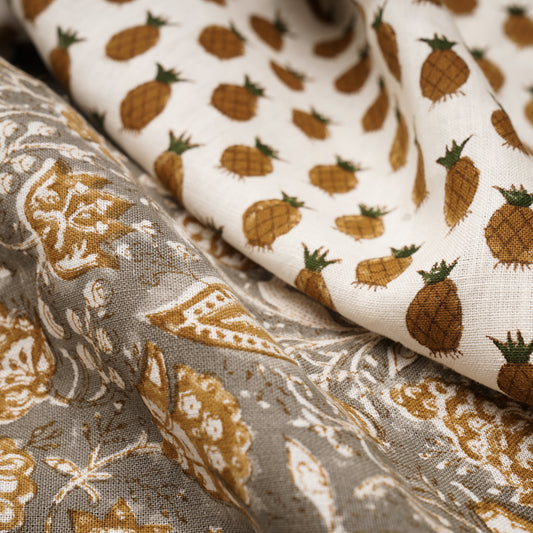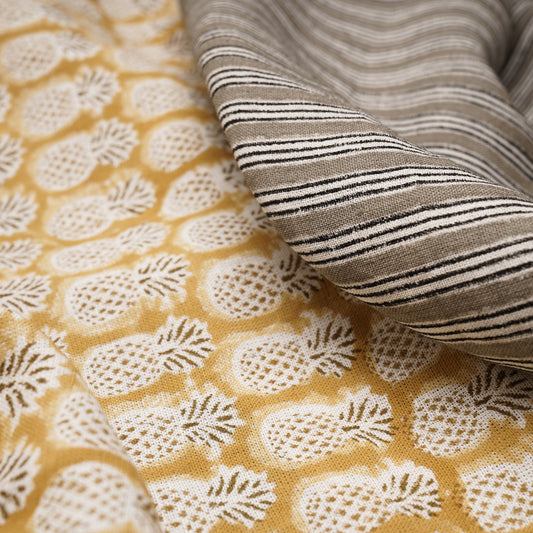A verandah is more than just an outdoor extension of your home; it’s a space where relaxation meets functionality. Whether you’re creating a cozy nook for lounging, a dining area for outdoor meals, or a space to entertain guests, designing the perfect verandah requires careful planning. Here are tips to help you design a verandah that strikes the right balance between comfort, aesthetics, and usability.
1. Define the Purpose
Start by deciding how you’ll use your verandah. Will it be a place for lounging, dining, or entertaining? A lounging space might call for comfortable seating and a coffee table, while a dining space needs a sturdy table and chairs. If entertaining is the goal, a mix of both can work, with flexible furniture arrangements to accommodate various activities.
2. Choose Comfortable, Durable Furniture
Outdoor furniture needs to be both comfortable and durable. Choose pieces that are weather-resistant and easy to maintain. Rattan or teak are great materials for verandahs, as they withstand the elements while offering a laid-back vibe. Cushions with waterproof fabric provide both comfort and durability, ensuring the furniture is practical for year-round use.
3. Create Zones
If you have a larger verandah, consider dividing it into zones for different activities. Use rugs or planters to define spaces for lounging, dining, and conversation. This helps create a more organized layout and ensures each area serves a specific function without overcrowding the space.
4. Lighting for Ambiance
Good lighting is essential for setting the mood, especially in the evening. Consider installing overhead lights or string lights to create a warm and inviting atmosphere. Lanterns or candles can be placed on tables to enhance the ambiance, while functional lighting near dining areas ensures practical use after dark.
5. Add Greenery
Bringing plants onto your verandah instantly enhances its appeal. Potted plants, hanging baskets, or a vertical garden can add greenery without taking up much floor space. Choose low-maintenance plants like succulents or ferns that thrive in outdoor conditions, adding a natural touch to your verandah.
6. Maximize Comfort with Textiles
To make the space feel cozy, add outdoor-friendly textiles like throw pillows, rugs, and blankets. Choose fabrics designed to withstand moisture and sunlight, so they remain vibrant and durable. Layering textiles adds warmth and makes the verandah feel like an extension of your indoor living space.
7. Consider Privacy
If your verandah is exposed, consider adding privacy features like outdoor curtains, bamboo screens, or trellises with climbing plants. This helps create a more intimate atmosphere, shielding the space from neighbors while adding to the overall aesthetic.
8. Weather Protection
Incorporating some weather protection allows you to use your verandah year-round. Retractable awnings, pergolas, or even large umbrellas offer shade during hot weather and protect from light rain. Make sure your design includes weather-resistant features that suit your climate.
9. Add a Dining Element
For dining on the verandah, choose a sturdy, weather-resistant table and chairs that suit the style of your home. Consider a folding table for flexibility in smaller spaces or an extendable one if you entertain often. Choose furniture that blends with the rest of your home to keep the style cohesive.
10. Personal Touches
Finally, don’t forget to add personal touches that reflect your style. Whether it’s decorative lanterns, patterned cushions, or framed artwork, these details bring character to the space and make it uniquely yours.




